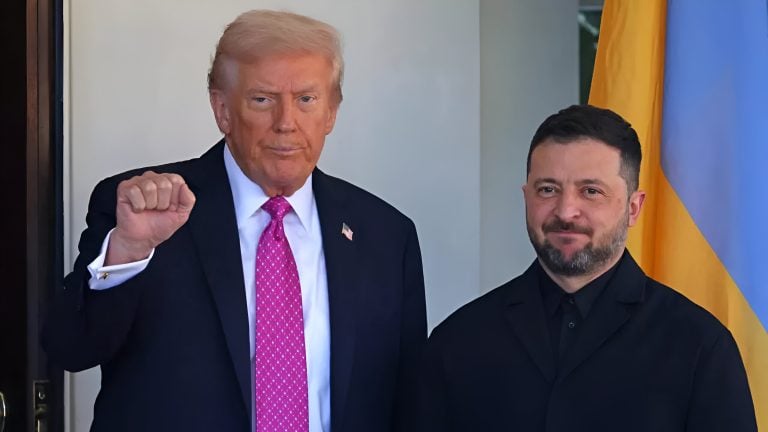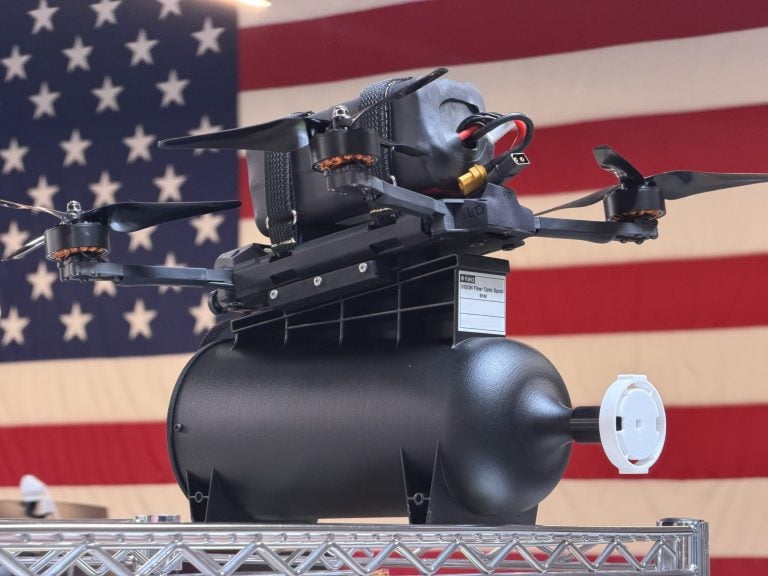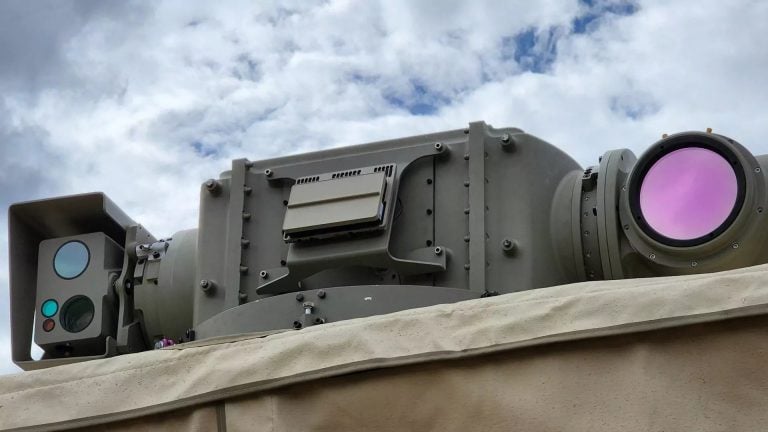The US State Department has authorized a substantial potential sale of Javelin missile systems to Australia, valued at approximately $97.3 million. This deal includes over 100 Javelin Lightweight Command Launch Units (LWCLU) along with extensive support equipment, technical services, training systems, and spare parts.
Australia’s request comprises a total of 161 Javelin launchers, which are expected to bolster the nation’s defense capabilities significantly. The State Department has formally notified Congress about this approval, underlining the strategic importance of the sale.
According to the US Defense Security Cooperation Agency, the enhanced capabilities resulting from this deal will enable Australia to address both current and future security threats more effectively. The Javelin systems are designed to improve Australia’s advanced surface-fired munitions capabilities, thereby strengthening its ability to deter potential adversaries. The upgraded technology is also expected to enhance the protection of Australian forces as well as allied land troops, contributing significantly to coalition anti-armor operations.
The Javelin Joint Venture, which includes major defense contractors RTX and Lockheed Martin, is set to lead the contract, although no offset agreement has been proposed.
The Javelin LWCLU, which features a more compact and lightweight design—30 percent smaller and 25 percent lighter than the previous Block I Command Launch Unit—offers superior target detection and recognition capabilities. This model allows for enhanced transportability and user comfort on the battlefield, thanks to redesigned ergonomic grips.
Additionally, the anti-tank missile system can engage targets at distances of up to 4 kilometers (2.48 miles), a notable enhancement of 60 percent compared to its predecessor. It is equipped to operate effectively in various conditions, boasting day and night engagement capabilities despite adverse weather and battlefield obstacles such as smoke screens. This advanced technology reflects ongoing efforts to equip military partners with state-of-the-art defense systems to ensure readiness against evolving global threats.



















